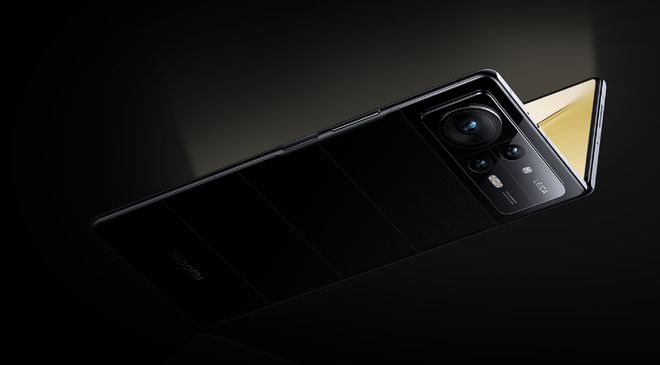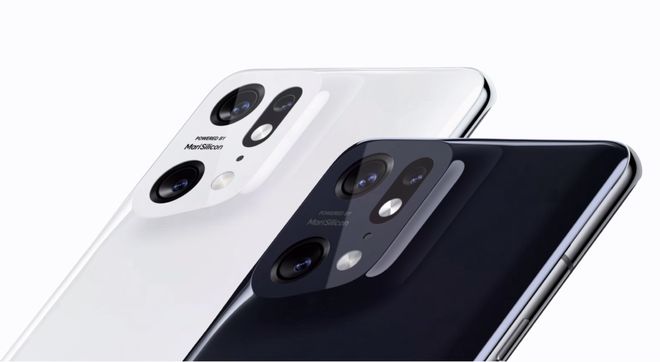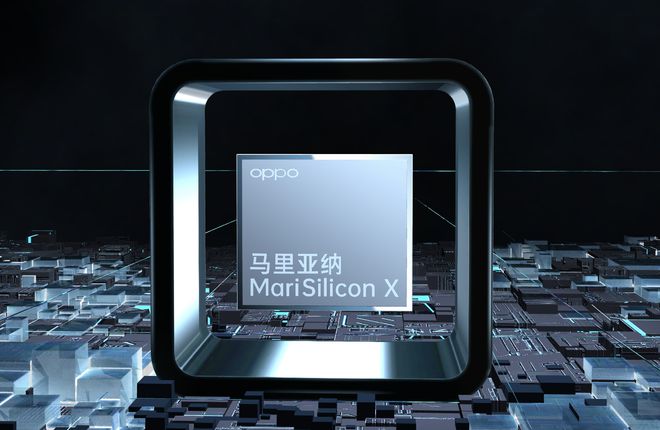IPhone 15 is priced at 10000 yuan, but domestic Android phones are getting cheaper. Why?
In a few months, the iPhone 15 series is about to be released.Although we have seen countless revelations about the iPhone 15 series in the past few months, to be honest, apart from the USB-C interface, almost no one dares to confirm the specific configuration of the iPhone 15 series 100%
In a few months, the iPhone 15 series is about to be released.
Although we have seen countless revelations about the iPhone 15 series in the past few months, to be honest, apart from the USB-C interface, almost no one dares to confirm the specific configuration of the iPhone 15 series 100%. The only thing we can be sure of is that the price of the iPhone 15 series is "definitely not cheap", especially the rumored iPhone 15 ProMax, which will use "titanium alloy frame", "solid button" and "crystal column periscope lens", is likely to start at more than $1200.
So the question comes, why can't Android phones sell for this price?
Does domestic Android not come with high prices?
In the past five years, the average selling price of the top of the line iPhone has increased by about 40%, but at the same time, Apple continues to monopolize the high-end smartphone market. According to a report released by market research firm Counterpoint Research, among the top ten best-selling smartphones worldwide in 2022, Apple exclusively owns eight, while the remaining two are Samsung's entry-level models - the Galaxy A13 and A03.

Image source: Samsung
That is to say, the issue of Android phones' weak impact on the high-end market is not only present in domestic Android phone brands. Even brands like Samsung and Google, which rely on their flagship phones to establish themselves in the mid to high end mobile phone market, intentionally or unintentionally avoid the pricing range of iPhones in terms of pricing. Only in the field where Apple has never ventured into, do Android phones have some breathing space.
Taking Xiaomi, which has been performing actively recently, as an example, even the Xiaomi13 Ultra, which marks a new starting point for Xiaomi imaging and carries Xiaomi's expectations for the high-end market, dares to start at a price of only 5999 yuan. The top configuration version of 7299 yuan also relies on 16GB of memory and 1TB of storage space to "strengthen". But at the same time, the XiaomiMIXFold 2 with a foldable screen design was priced at 8999 yuan for the 12GB+256GB version alone, and 11999 yuan for the 12GB+1TB version, almost touching the edge of the iPhone 14 ProMax.
So what is the reason why Android phones must "avoid" the pricing range of iPhones? In my opinion, this is actually an inevitable result of two reasons.
Firstly, we must face the gap between Android phones and iPhones. It should be noted that this gap is not unidirectional, but bidirectional - both iPhone and Android phones have their own advantages, and even in many places, Android phones have technological advantages with stronger user perception, such as richer camera configurations, more stable signal configurations, and faster charging speeds. But after years of brand operation, the competitiveness of the iPhone has shifted from a simple hardware advantage to an "ecological advantage", such as data exchange within the iCloud ecosystem.
And these 'ecological advantages' significantly increase the difficulty for Android brands to leverage iPhone users, which also means that Android brands are in an unequal position in front of iPhone users - Android phones must come up with more selling points that attract iPhone users, such as foldable screens that iPhone cannot provide, or lower pricing.

Image source: Xiaomi
In addition to pressure from the iPhone, internal competition from the Android camp's "friends" has also forced Android phones to engage in internal price wars.
I'm not saying which one doesn't work, I'm saying that all of you here are provided by suppliers. What kind of grandson are you installing there? We're all solution integrators, "Luo Yonghao said during a visit to JD Live many years ago, pointing out that except for Huawei's" black technology "on GPUs, others are provided by suppliers.
Although the smartphone industry prioritizes product definition, the core at the bottom is still chip technology. Android phone brands, which cannot widen the gap in chip technology, naturally need to use clever pricing methods to improve the overall competitiveness of their products.
Self research is a necessary path to hit the high-end market
Fortunately, the situation where domestic Android brands are unable to use hardware to bridge the gap between them will soon be broken.
In 2014, the Huawei Kirin 910 chip was released, which solved compatibility, power consumption and other issues in one fell swoop, achieving a qualitative leap in performance; In 2017, Xiaomi 5C launched the surging S1 chip for the first time; In 2018, OPPO Research Institute was established and reorganized into Zheku in August 2019. Vivo also made its first news of core making in 2019, but its research and development model is slightly different: vivo adopts the so-called "pre definition" model, which is a collaborative research and development with upstream industry chain enterprises to share risks.
From the perspective of research and development speed, OPPO and vivo are superior to the original Xiaomi. Vivo released its first self-developed ISP chip V1 in September 2021, just two years after it formed its chip development team. OPPO Zheku released its first self-developed imaging dedicated NPU chip, the Mariana MariSiliconX, in December of the same year, and was installed on the flagship models of the OPPOFindX5 and OPPOReno8 series.

Image source: OPPO
It can be said that more and more Android phone brands are beginning to realize the importance of self-developed chips, from SOC to ISP to RF chips. For the high-end mobile phone market, self-developed chips are one of the few growth points for high-end flagship models, and it is also a hope for major mobile phone manufacturers to break through the performance bottleneck. Whether for the purpose of increasing pricing space or improving brand image, self-developed chips are a promising breakthrough.
According to a report from the China Semiconductor Association, the talent gap in the domestic semiconductor industry will reach 250000 in 2022, and it is expected to reach 300000 by 2025. Among them, the chip design circuit is the most crowded, and the battle for talent is also the most brutal. According to statistics from Huaxin Securities, the growth rate of the number of domestic semiconductor design enterprises in the past two years has exceeded 25%, while the number of employees has only increased by 17% year-on-year, and the supply is far from keeping up with demand.
It can be foreseen that with the increasing emphasis placed on self-developed chips by various brands, Android brands will also truly have the opportunity to confront the iPhone head-on. The development of self-developed chips will also drive technological innovation and product upgrades for domestic Android phone brands. By independently developing chips, these brands can better control the collaborative optimization of hardware and software, achieving more efficient system operation and smoother user experience. They can customize mobile phone functions more flexibly and combine their research and development capabilities and technological advantages to launch more competitive products.
In addition, self-developed chips will also bring higher pricing space. With the advancement of technology and the improvement of performance, domestic Android brands can more confidently position their products in the high-end market and sell them at higher prices. Consumers are willing to pay more for powerful, innovative and unique products because they know that these products are backed by independently developed chips that can provide excellent performance and experience.

Image source: OPPO
For the entire industry, the emphasis on self-developed chips will also promote the development of the entire Chinese semiconductor industry. With the increasing demand for chip research and development by brands, the industry's demand for semiconductor talents will also significantly increase. This will encourage more people to devote themselves to the semiconductor field, promote industry innovation and progress, and thereby enhance China's competitiveness in the global semiconductor field.
In summary, with the breakthrough and development of domestic Android brands in self-developed chips, consumers will benefit from more diversified choices, brands will gain technological innovation and competitive advantages, and the semiconductor industry will also face new opportunities and challenges. And when this day finally arrives, I believe no one will say the words' why not buy an iPhone so expensive 'again.
Tag: IPhone is priced at 10000 yuan but domestic Android
Disclaimer: The content of this article is sourced from the internet. The copyright of the text, images, and other materials belongs to the original author. The platform reprints the materials for the purpose of conveying more information. The content of the article is for reference and learning only, and should not be used for commercial purposes. If it infringes on your legitimate rights and interests, please contact us promptly and we will handle it as soon as possible! We respect copyright and are committed to protecting it. Thank you for sharing.


